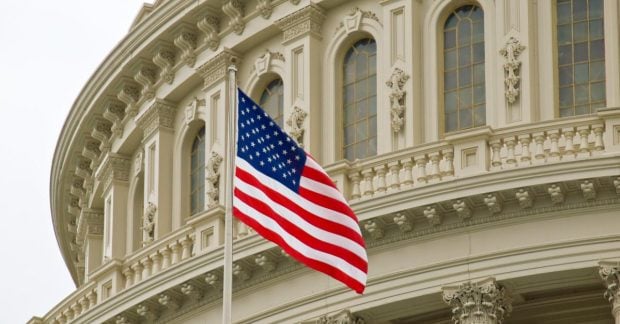Ask an investor what they would most like to know in advance and the timing of the next recession might be high up their list.
The correlation between the ups and downs of the stock market and the ebb and flow of the economy is not exact but there is clearly a link. Recessions are bad news for investors. Seeing them coming would be very useful.
One of the crystal balls that investors use to identify turning points in the economy is found in the bond market. Specifically, in the ever-shifting relationship between the yields offered by long and short-dated government bonds. Put together on one chart, these trace out what is known as the yield curve. And it’s the shape of that curve that interests us.
There’s a debate about how useful the yield curve really is when it comes to foretelling the future, but even more sceptical observers would admit that it has had a pretty good track record. Aficionados claim that it has predicted every recession in the past 50 years. So, what is the yield curve, what determines its shape and what is it telling us today?
The yield curve measures the gap between the yields on different maturities of government bonds. Most of the time, this curve slopes upwards, which is another way of saying that the yields on longer-dated bonds, say those maturing in 10 or 30 years’ time, are usually higher than those on shorter-dated issues – a two or five-year bond, for example.
The reason for this is that an investor requires more encouragement to lend money to the government for a longer period of time. Given the greater risk that inflation will eat into the value of their money, they quite rightly demand a higher income, or yield, as compensation. Because there is less uncertainty with a shorter-dated bond, they will accept a lower yield.
The relationship between these different yields fluctuates. Sometimes the normal, upward sloping yield curve flattens out, and more rarely still it turns downwards. It becomes inverted, in the jargon.
That’s because an investor who is relaxed about the outlook for long-term inflation, or worried about growth, will settle for a lower yield on longer bonds. And one of the key reasons why they might expect lower growth and inflation in future is because a central bank is taking steps to slow the economy today.
The principal way this is done is by raising short-term interest rates. And because short-term bonds are more influenced by interest rates than by the growth and inflation expectations which drive longer bonds, rising interest rates will tend to push the yields of shorter maturity bonds up more than those of longer ones.
The yield curve, in other words, will tend to flatten when central banks are starting to raise rates. And that, of course, is precisely what is happening today.
Indeed, there is growing speculation that the Fed, in particular, is about to ratchet up the pace of tightening, both in terms of rate hikes and by gradually pushing back into the market the $9 trillion of bonds and mortgage-backed securities it has accumulated in recent years.





